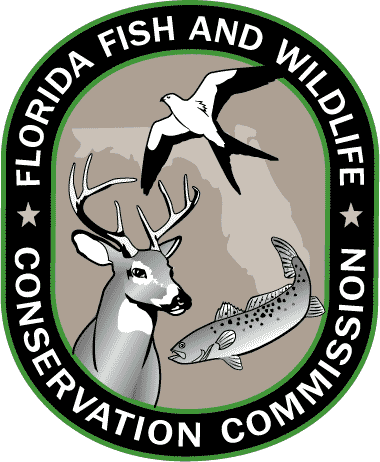Apply for a Hunt of a Lifetime in Florida

If you haven’t been seeing the quantity or quality of game you’d like, you may want to consider applying for a special-opportunity hunt. For the past 16 years, the Florida Fish and Wildlife Conservation Commission (FWC) has offered these unique fall-season hunts for deer, wild hog and released quail on the best of the state’s public hunting lands. Maybe it’s time you look into getting in on the action and experience the hunt of a lifetime.
These extraordinary hunts offer large tracts of land with an abundance of game and low hunting pressure. All deer hunts enable you to take only mature bucks with at least one antler having four or more points, one inch or longer. This practice of deer management offers hunters excellent chances of taking quality bucks on public land. Wild hogs also are legal to take, and there is no size or bag limit on them.
These special-opportunity deer and wild hog hunts take place on Fort Drum (Indian River County), Lake Panasoffkee (Sumter County), Triple N Ranch (Osceola County) and Green Swamp West Unit (Pasco County) wildlife management areas.
Fort Drum has 20 permits available for its seven-day general-gun deer and hog hunt on 20,858 acres; they cost $50, should you get drawn. Lake Panasoffkee offers eight four-day archery hunts on the 8,676-acre tract at a cost of $100 each. Triple N Ranch has two seven-day general-gun deer and hog hunts on its 15,391 acres, and each permit costs $175.
Green Swamp West Unit is where James Stovall took the state’s highest-scoring deer on record – a 25-point, nontypical that netted a 206 Boone-and-Crockett score. He took the trophy buck in 1999 after getting drawn for the special-opportunity archery hunt. The area offers archery and gun hunts on 34,335 acres, and permits cost $100 each.
The FWC also has week-long released-quail hunts on the Blackwater Carr Unit in Santa Rosa County. With these hunts, you must bring and release your own pen-raised quail. There’s just one $100 permit available for each of the 16 weeks, and if you’re lucky enough to draw one, you and up to three of your friends will have the entire 590 acres to yourselves.
If you’d like to apply for any of these great hunts, the first thing you’ll need to do is get a 2013-2014 Special-Opportunity Fall Hunt Worksheet. It is available at MyFWC.com/Hunting by clicking “Limited Entry/Quota Hunts” then “Special-Opportunity Fall Hunts” toward the bottom of the page.
Beginning at 10 a.m. (EDT) on May 1, you can submit your completed application at License.MyFWC.com or at any county tax collector’s office or license agent. The application period runs through June 2.
These coveted permits are issued by random drawing, and you may apply for as many hunts and dates as you like to increase your chances of being selected. You must include a $5 nonrefundable fee for each hunt application, although hunters are limited to being drawn for one permit per hunt.
If you’re selected in the random drawing, you have until the deadline specified to pay the cost of the selected hunt. You can do this online at License.MyFWC.com or at any license agent or tax collector’s office. If not, you forfeit it, and it’ll go to the next applicant selected in the random drawing.
Whether still hunting by yourself or hunting with family and friends for deer, hogs or released quail, the FWC’s special-opportunity fall hunts are just what the doctor ordered for a premium hunting experience.

